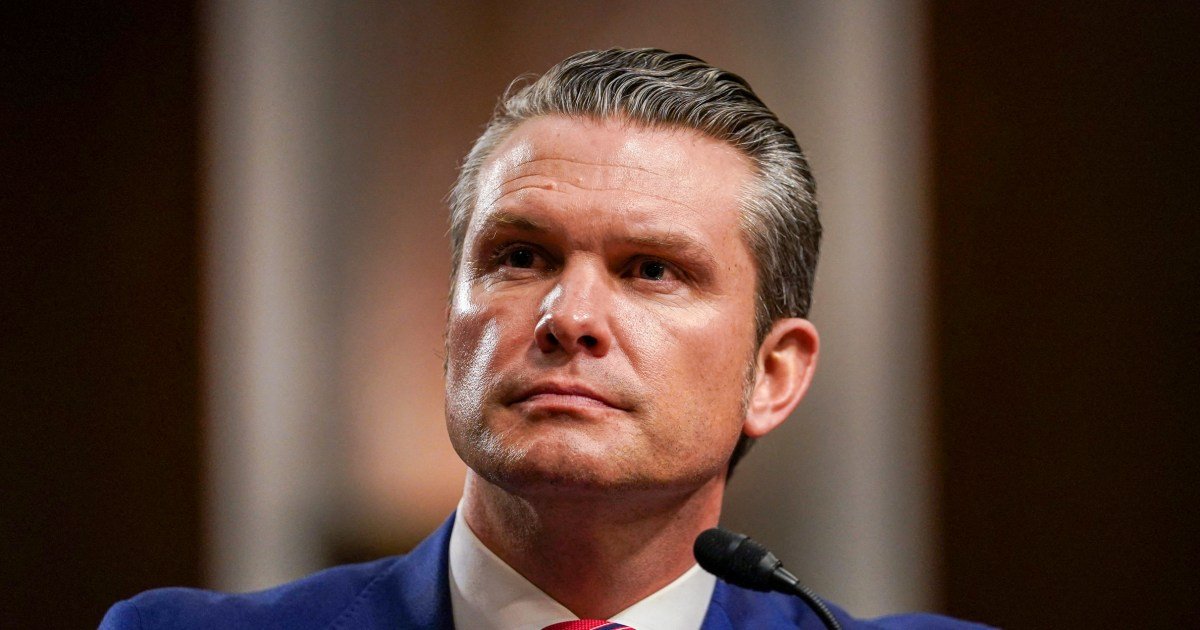The decline of the MLC reflects the usual fluctuations of the informal currency market on the island, characterized by economic instability and high demand for foreign currencies to access goods and services.
By CiberCuba Editorial Team
Sunday, May 11, 2025 – 1:52 PM
Share on:
The exchange rate of the Freely Convertible Currency (MLC) fell this Sunday in the Cuban informal market, while the United States dollar (USD) and the euro (EUR) maintain their values compared to the previous day.
According to the current monitoring of rates, the value of the MLC is quoted at 260 Cuban pesos (CUP), showing a drop of five pesos compared to previous days. For its part, the US dollar remains at 370 CUP and the euro at 385 CUP, with no changes.
Sunday, May 11, 2025 – 1:00 PM
Exchange rate of the dollar (USD) to Cuban pesos (CUP): 370 CUP
Exchange rate of the euro (EUR) to Cuban pesos (CUP): 385 CUP
Exchange rate from MLC to Cuban pesos (CUP): 260 CUP
The decline of the MLC reflects the usual fluctuations of the informal currency market on the island, characterized by economic instability and strong demand for foreign currencies to access goods and services.
Equivalence in Cuban pesos (CUP) of common banknotes in USD
$1 = 370 pesos
$5 = 1,850 pesos
$10 = 3,700 pesos
$20 = 7,400 pesos
$50 = 18,500 pesos
$100 = 37,000 pesos
Equivalence in Cuban pesos (CUP) of common banknotes in EUR
€5 = 1,925 pesos
€10 = 3,850 pesos
€20 = 7,700 pesos
€50 = 19,250 pesos
€100 = 38,500 pesos
€200 = 77,000 pesos
€500 = 192,500 pesos
Exchange rate stability and stagflation in Cuba
The stable behavior of the dollar should not be interpreted as a sign of economic recovery, but rather as a reflection of a broader context marked by stagflation: an economic phenomenon in which productivity stagnation, high inflation, and unemployment coexist.
In the Cuban case, the lack of economic growth, the deterioration of purchasing power, and the continuous devaluation of the peso create a typical stagflation scenario.
Although the exchange rate has stabilized in recent days, prices in the domestic market continue to rise, and the real economy shows no signs of recovery. The demand for foreign currency might be restrained not by confidence in the national currency, but rather by a decreased availability of cash among the population or a decline in remittances, both of which are symptoms of a stagflationary environment.
With their eyes on the coming days, economic actors and citizens will continue to pay attention to other signals of movement, in an environment characterized by volatility and informality as the only means of accessing foreign currency.
The value of the MLC has decreased in the informal Cuban market due to a possible lower demand or an increase in the availability of this currency. Additionally, the loss of confidence in its acceptance within the network of state-owned stores could be contributing to its gradual weakening.
The stability of the dollar in Cuba’s informal market does not indicate economic recovery, but rather a context of stagflation, where productive stagnation, high inflation, and unemployment coexist. This stability may be related to a reduced availability of cash among the population or a decline in remittances.
The euro remains the strongest currency in the informal Cuban market, trading at 385 CUP. Although it has experienced slight fluctuations recently, its value reflects both its limited availability and the high demand for travel and international purchases.
Share on:
Filed under:
A team of journalists committed to reporting on Cuban current affairs and topics of global interest. At CiberCuba, we work to deliver truthful news and critical analysis.
A team of journalists committed to reporting on Cuban current affairs and topics of global interest. At CiberCuba, we work to deliver truthful news and critical analysis.
The MLC drops in the informal market; the dollar and euro remain stable – CiberCuba



